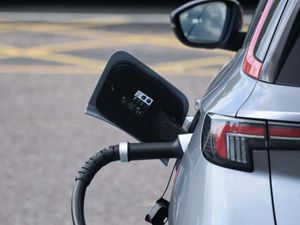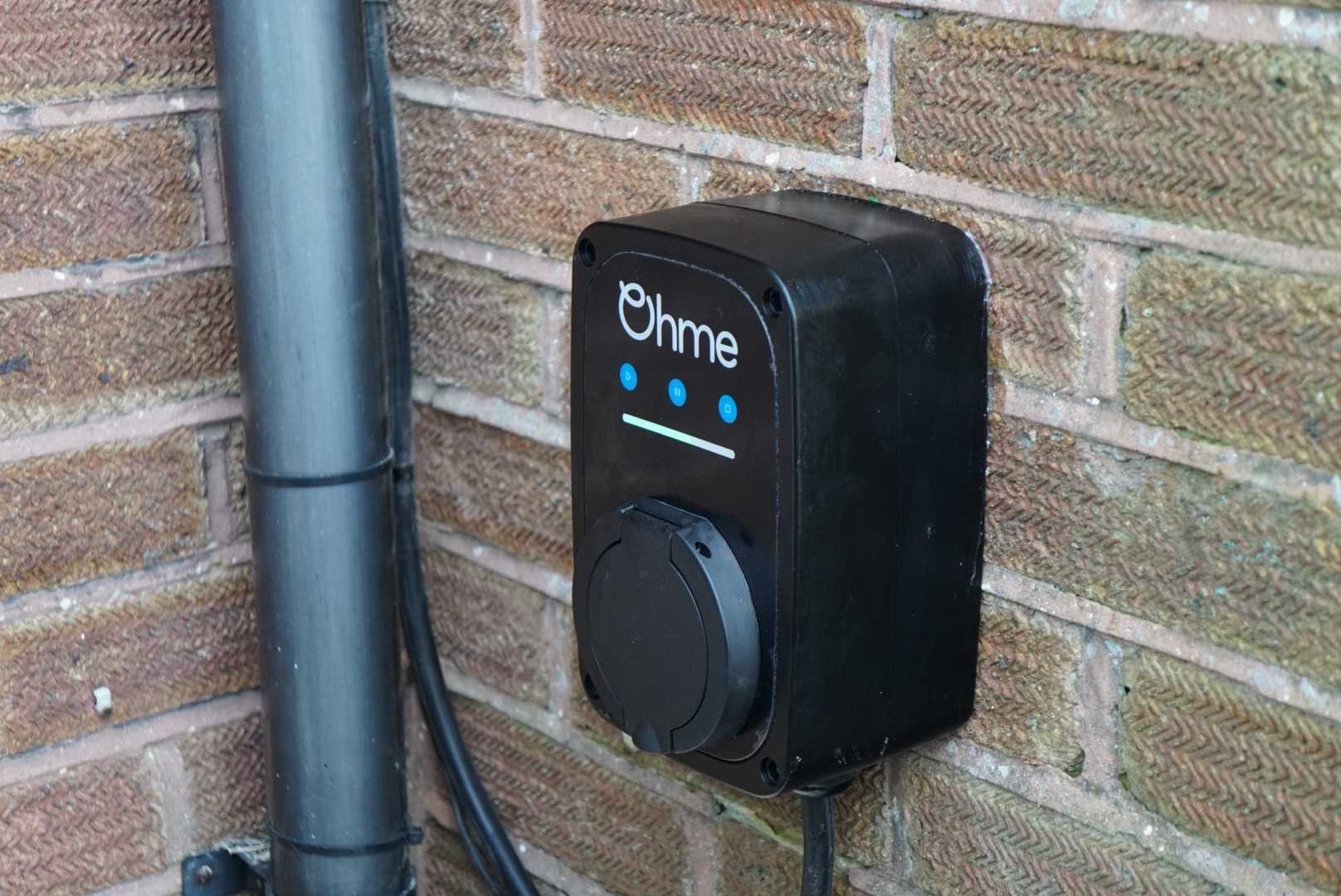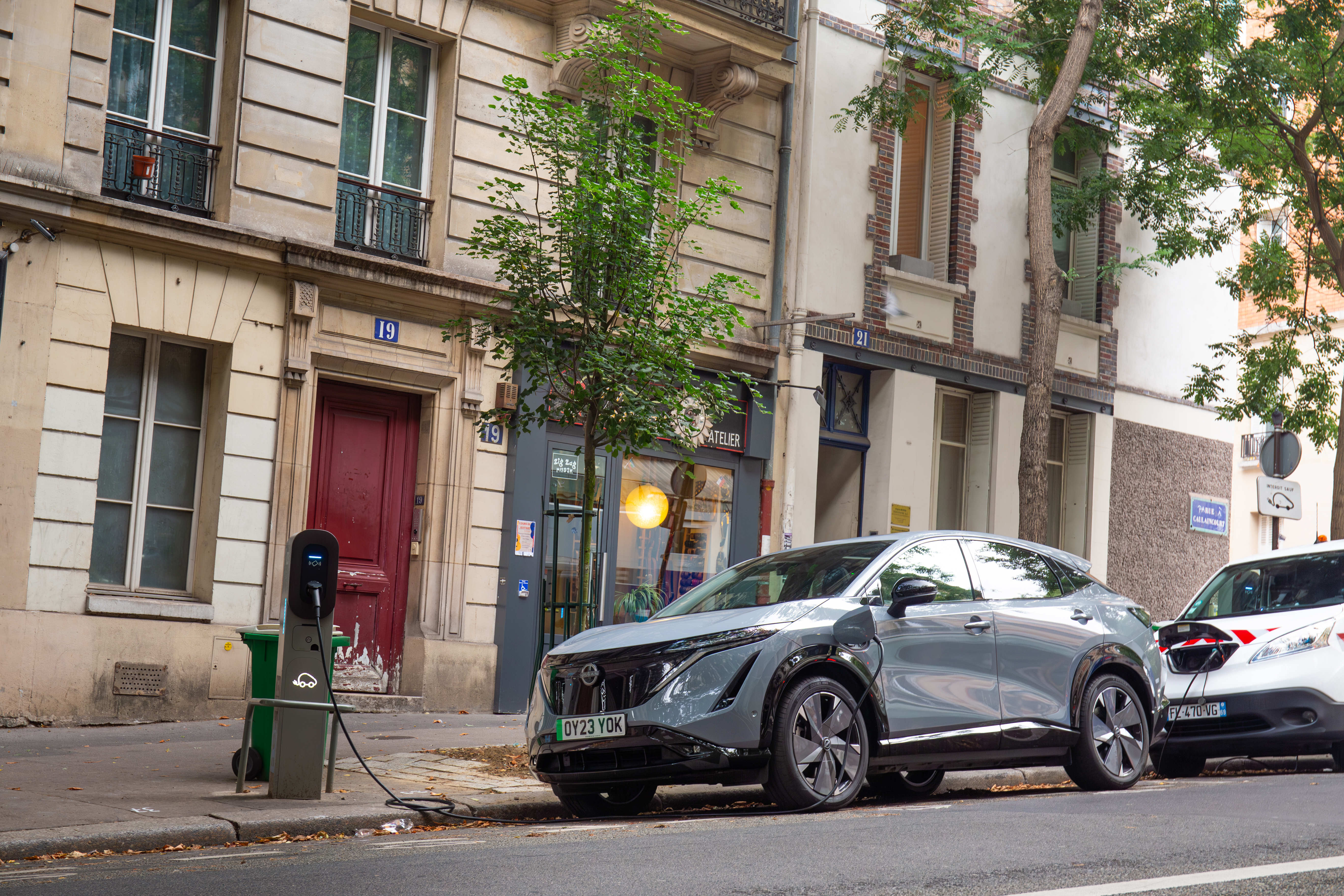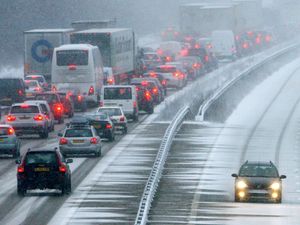Worried about the costs of charging an EV? Here are some tips and tricks that could help
There are some simple ways to drive down the cost of running an electric vehicle.

Electric vehicles have grown in popularity over recent years. Recent figures from the Society of Motor Manufacturers and Traders (SMMT) showed that electric vehicle registrations grew by 18.8 per cent in July compared with the same month the year prior, with EVs occupying a greater market share than diesel.
But if you’re still on the fence about electric vehicles or have just purchased one and are worried about the cost of charging, what are the solutions? Here, we’ve picked out some of the key ways in which you can reduce how much you’ll pay to top up your EV.
Make sure you’re on the right home charging tariff

>
A lot of electric vehicle owners will be looking to charge up at home. Here, you can access some of the cheapest electricity rates available and this will make a big impact on how much you’ll pay to charge up your vehicle.
Octopus Energy is one of the big names in this area and has pioneered the off-peak charging tariff which gives you a super-low cost of electricity during periods of lower demand. This is particularly useful if you’re able to leave your car overnight, where you’ll be able to access far lower electricity rates.
Check public EV charging rates before visits
The cost of using a public electric vehicle charger varies massively between locations and units. One of the easiest ways to make sure you’re not paying over the odds for energy is by checking online. One of the leading EV charger mapping services – Zap-Map – provides clear pricing information, either via its app or website. Here, you can toggle between different units to make sure you’re not paying more than you’d like to.
More recently, charging stations – particularly those operated by Gridserve – have started displaying charging costs on large information boards outside the site, just like at a petrol station. It’s another way to check the price of energy before you plug in.
Take advantage of flexible charging prices
Similar to home charging, some operators have started introducing lower costs for charging during off-peak times. Instavolt, which has some of the speediest chargers in the UK, has just kickstarted its own program for this, allowing drivers to top up at 54p/kWh at its units – regardless of the charger speed – between 10pm and 6am.
This could prove handy for longer-distance EV drivers who don’t want to pay too much to charge when they’re out and about, or those who don’t have access to home charging.
Make sure your tyres are properly inflated

>
Though electric vehicles do require less maintenance than petrol and diesel-powered equivalents, it’s still important to get certain aspects checked off. Tyres, for instance, have just as big of an impact on efficiency as they do on a combustion-engined vehicle, increasing drag when they’re improperly inflated.
So ensure that your car’s tyres are inflated to the correct pressures. You’ll find these in the vehicle’s handbook or, on occasion, inside the metal section between the driver’s door and the vehicle itself.
Look for slower charging speeds if you’re not in a rush

>
If time isn’t of the essence, then it could be worth looking for a slower charging station. For example, if you’re planning on parking up overnight, there’s no need to plug into a high-speed charger which will cost more overall.
Instead, look for lower-powered units – often around 7kW – as these will usually offer lower prices due to their slower speed. It could make the difference, particularly if you’re topping up from a low state of charge and need a full battery in the morning.
Get a membership
Many current EV charging providers offer some form of membership. With these, you’ll pay a small monthly subscription fee, but it’ll give you access to lower-priced charging when you’re out and about.
A lot of charging subscriptions will also supply you with a handy RFID card, which you simply swipe at a charger and begin the charge, making the whole process easier.
Use free charging spots where available

>
Though they have lessened in number, there are still some areas where you can charge for free in the UK. Some supermarkets offer free EV charging – for set periods of time – and if you’re in the area, then using one of these could help reduce your costs.
Of course, travelling out of your way to use a free charger is something of a false economy, but if you’re in passing then using one could add some helpfully low-cost miles of range.





